Xiao Jin
TAP: Parameter-efficient Task-Aware Prompting for Adverse Weather Removal
Aug 11, 2025Abstract:Image restoration under adverse weather conditions has been extensively explored, leading to numerous high-performance methods. In particular, recent advances in All-in-One approaches have shown impressive results by training on multi-task image restoration datasets. However, most of these methods rely on dedicated network modules or parameters for each specific degradation type, resulting in a significant parameter overhead. Moreover, the relatedness across different restoration tasks is often overlooked. In light of these issues, we propose a parameter-efficient All-in-One image restoration framework that leverages task-aware enhanced prompts to tackle various adverse weather degradations.Specifically, we adopt a two-stage training paradigm consisting of a pretraining phase and a prompt-tuning phase to mitigate parameter conflicts across tasks. We first employ supervised learning to acquire general restoration knowledge, and then adapt the model to handle specific degradation via trainable soft prompts. Crucially, we enhance these task-specific prompts in a task-aware manner. We apply low-rank decomposition to these prompts to capture both task-general and task-specific characteristics, and impose contrastive constraints to better align them with the actual inter-task relatedness. These enhanced prompts not only improve the parameter efficiency of the restoration model but also enable more accurate task modeling, as evidenced by t-SNE analysis. Experimental results on different restoration tasks demonstrate that the proposed method achieves superior performance with only 2.75M parameters.
Multi-Sensor Fusion-Based Mobile Manipulator Remote Control for Intelligent Smart Home Assistance
Apr 17, 2025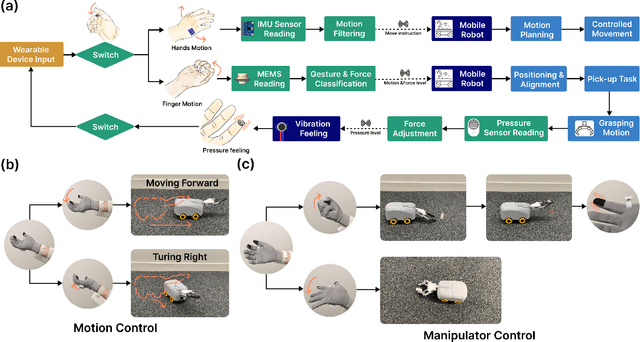
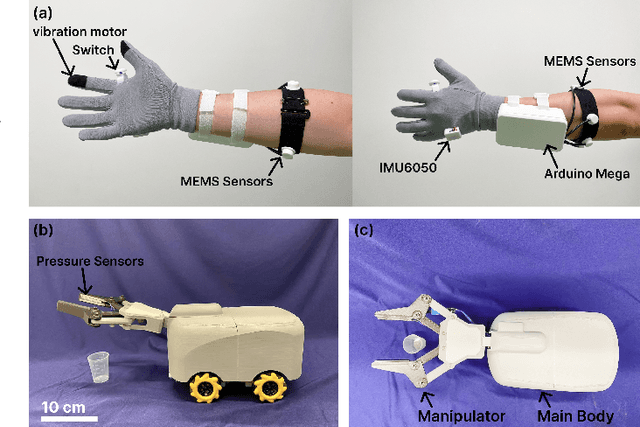
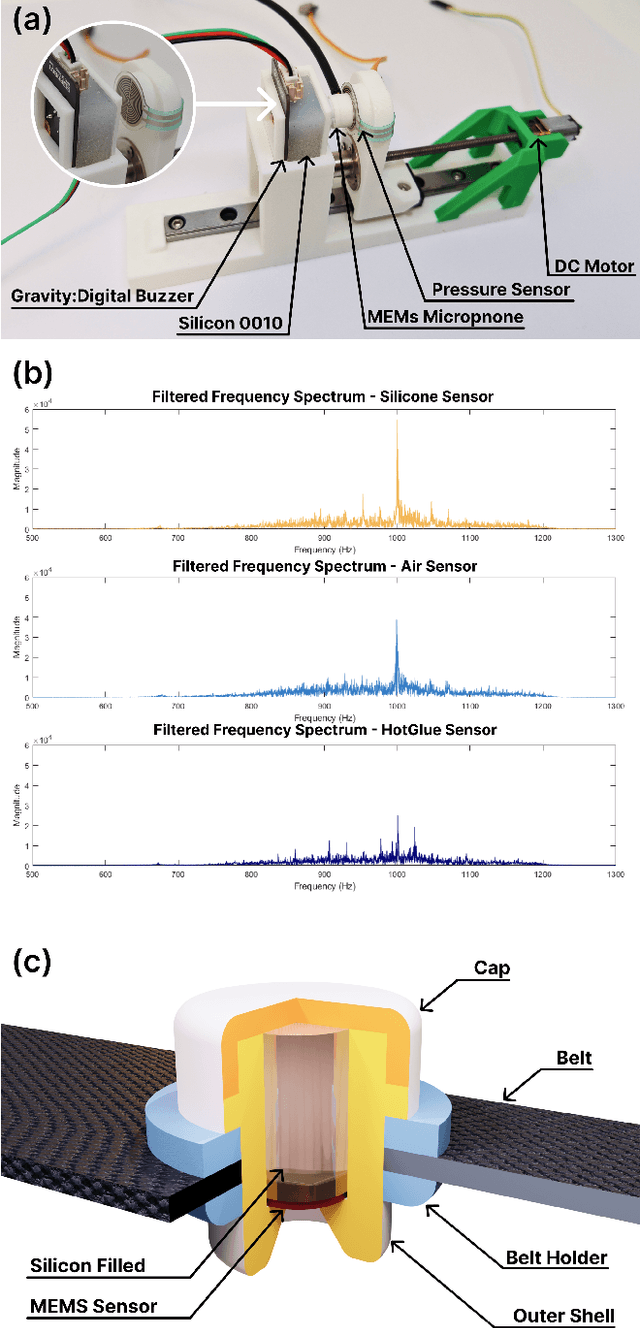
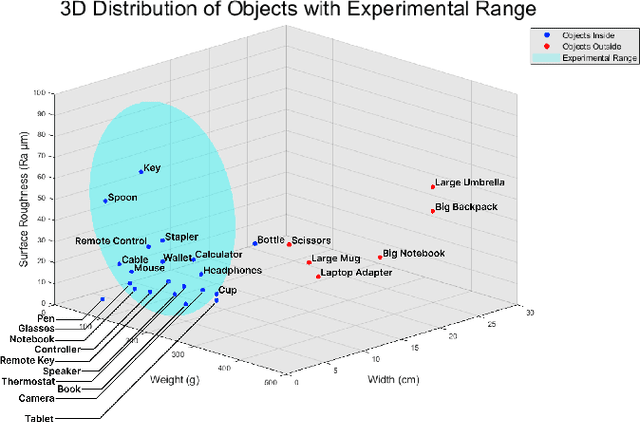
Abstract:This paper proposes a wearable-controlled mobile manipulator system for intelligent smart home assistance, integrating MEMS capacitive microphones, IMU sensors, vibration motors, and pressure feedback to enhance human-robot interaction. The wearable device captures forearm muscle activity and converts it into real-time control signals for mobile manipulation. The wearable device achieves an offline classification accuracy of 88.33\%\ across six distinct movement-force classes for hand gestures by using a CNN-LSTM model, while real-world experiments involving five participants yield a practical accuracy of 83.33\%\ with an average system response time of 1.2 seconds. In Human-Robot synergy in navigation and grasping tasks, the robot achieved a 98\%\ task success rate with an average trajectory deviation of only 3.6 cm. Finally, the wearable-controlled mobile manipulator system achieved a 93.3\%\ gripping success rate, a transfer success of 95.6\%\, and a full-task success rate of 91.1\%\ during object grasping and transfer tests, in which a total of 9 object-texture combinations were evaluated. These three experiments' results validate the effectiveness of MEMS-based wearable sensing combined with multi-sensor fusion for reliable and intuitive control of assistive robots in smart home scenarios.
Physical Reservoir Computing in Hook-Shaped Rover Wheel Spokes for Real-Time Terrain Identification
Apr 17, 2025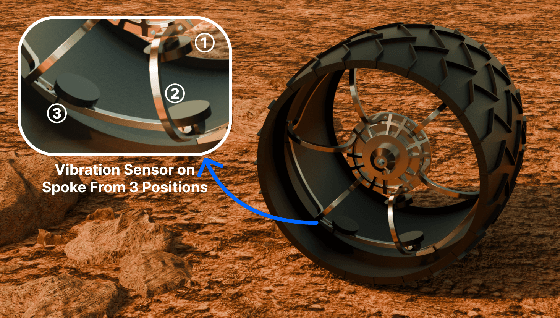
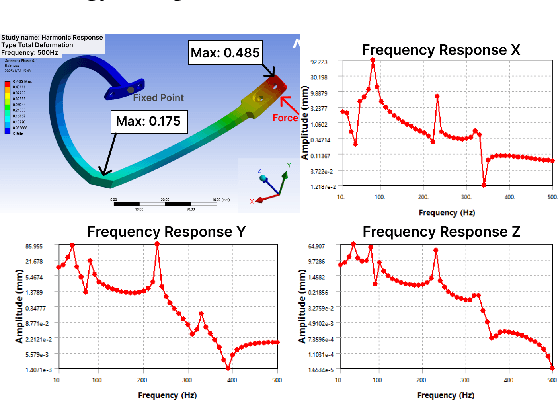

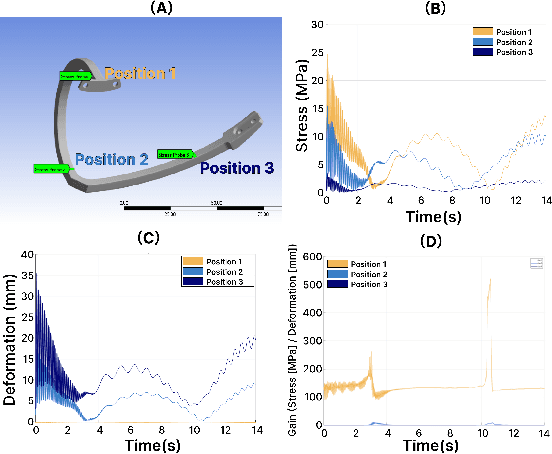
Abstract:Effective terrain detection in unknown environments is crucial for safe and efficient robotic navigation. Traditional methods often rely on computationally intensive data processing, requiring extensive onboard computational capacity and limiting real-time performance for rovers. This study presents a novel approach that combines physical reservoir computing with piezoelectric sensors embedded in rover wheel spokes for real-time terrain identification. By leveraging wheel dynamics, terrain-induced vibrations are transformed into high-dimensional features for machine learning-based classification. Experimental results show that strategically placing three sensors on the wheel spokes achieves 90$\%$ classification accuracy, which demonstrates the accuracy and feasibility of the proposed method. The experiment results also showed that the system can effectively distinguish known terrains and identify unknown terrains by analyzing their similarity to learned categories. This method provides a robust, low-power framework for real-time terrain classification and roughness estimation in unstructured environments, enhancing rover autonomy and adaptability.
TSAL: Few-shot Text Segmentation Based on Attribute Learning
Apr 15, 2025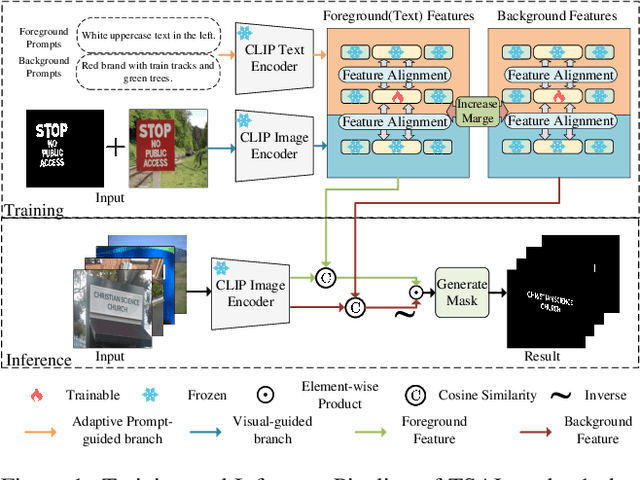

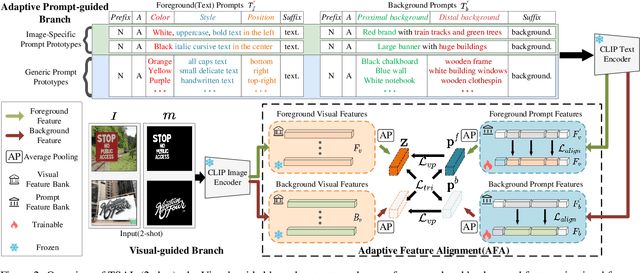
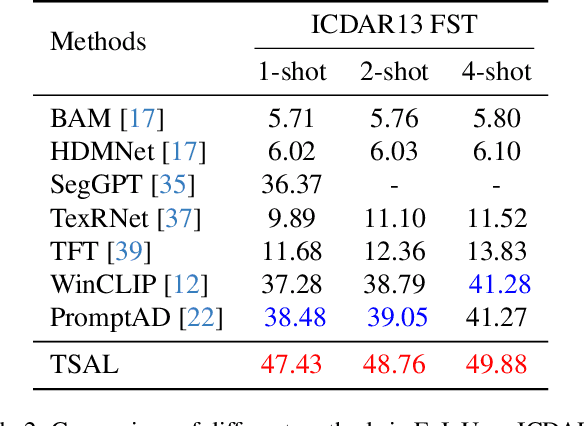
Abstract:Recently supervised learning rapidly develops in scene text segmentation. However, the lack of high-quality datasets and the high cost of pixel annotation greatly limit the development of them. Considering the well-performed few-shot learning methods for downstream tasks, we investigate the application of the few-shot learning method to scene text segmentation. We propose TSAL, which leverages CLIP's prior knowledge to learn text attributes for segmentation. To fully utilize the semantic and texture information in the image, a visual-guided branch is proposed to separately extract text and background features. To reduce data dependency and improve text detection accuracy, the adaptive prompt-guided branch employs effective adaptive prompt templates to capture various text attributes. To enable adaptive prompts capture distinctive text features and complex background distribution, we propose Adaptive Feature Alignment module(AFA). By aligning learnable tokens of different attributes with visual features and prompt prototypes, AFA enables adaptive prompts to capture both general and distinctive attribute information. TSAL can capture the unique attributes of text and achieve precise segmentation using only few images. Experiments demonstrate that our method achieves SOTA performance on multiple text segmentation datasets under few-shot settings and show great potential in text-related domains.
Exploring Few-Shot Defect Segmentation in General Industrial Scenarios with Metric Learning and Vision Foundation Models
Feb 03, 2025



Abstract:Industrial defect segmentation is critical for manufacturing quality control. Due to the scarcity of training defect samples, few-shot semantic segmentation (FSS) holds significant value in this field. However, existing studies mostly apply FSS to tackle defects on simple textures, without considering more diverse scenarios. This paper aims to address this gap by exploring FSS in broader industrial products with various defect types. To this end, we contribute a new real-world dataset and reorganize some existing datasets to build a more comprehensive few-shot defect segmentation (FDS) benchmark. On this benchmark, we thoroughly investigate metric learning-based FSS methods, including those based on meta-learning and those based on Vision Foundation Models (VFMs). We observe that existing meta-learning-based methods are generally not well-suited for this task, while VFMs hold great potential. We further systematically study the applicability of various VFMs in this task, involving two paradigms: feature matching and the use of Segment Anything (SAM) models. We propose a novel efficient FDS method based on feature matching. Meanwhile, we find that SAM2 is particularly effective for addressing FDS through its video track mode. The contributed dataset and code will be available at: https://github.com/liutongkun/GFDS.
Diff-Cleanse: Identifying and Mitigating Backdoor Attacks in Diffusion Models
Jul 31, 2024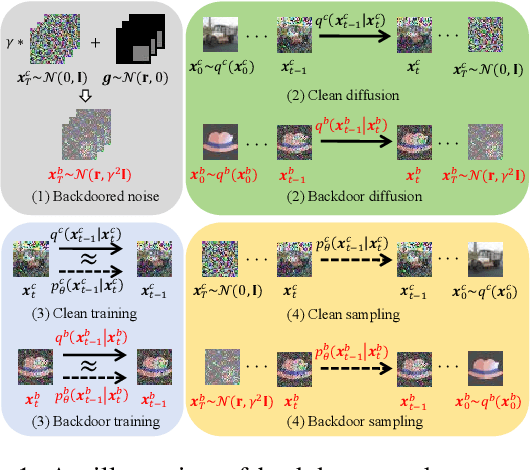
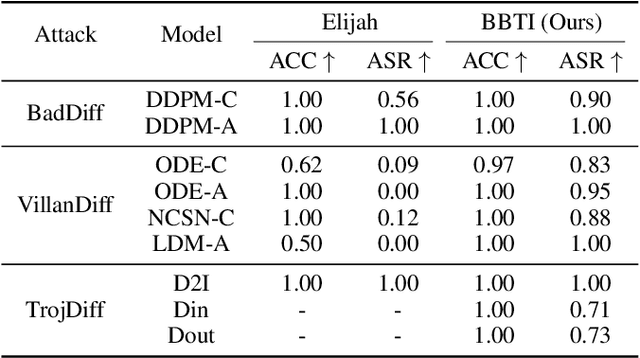
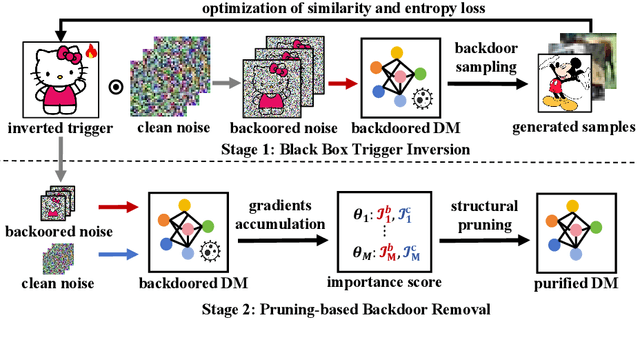
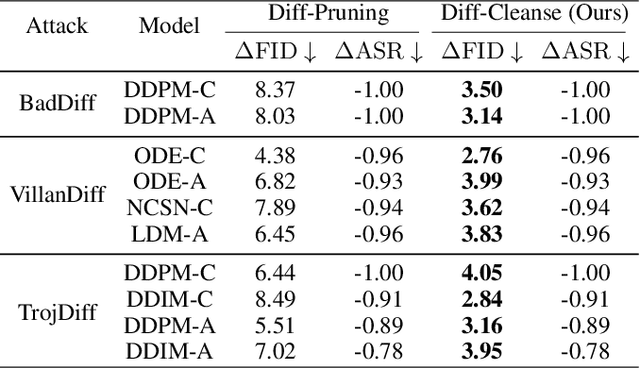
Abstract:Diffusion models (DM) represent one of the most advanced generative models today, yet recent studies suggest that DMs are vulnerable to backdoor attacks. Backdoor attacks establish hidden associations between particular input patterns and model behaviors, compromising model integrity by triggering undesirable actions with manipulated input data. This vulnerability poses substantial risks, including reputational damage to model owners and the dissemination of harmful content. To mitigate the threat of backdoor attacks, there have been some investigations on backdoor detection and model repair. However, previous work fails to purify the backdoored DMs created by state-of-the-art attacks, rendering the field much underexplored. To bridge this gap, we introduce \textbf{Diff-Cleanse}, a novel two-stage backdoor defense framework specifically designed for DMs. The first stage employs a innovative trigger inversion technique to detect the backdoor and reconstruct the trigger, and the second stage utilizes a structural pruning method to eliminate the backdoor. We evaluate our framework on hundreds of DMs attacked by 3 existing backdoor attack methods. Extensive experiments demonstrate that Diff-Cleanse achieves nearly 100\% detection accuracy and effectively mitigates backdoor impacts, preserving the model's benign performance with minimal compromise. Our code is avaliable at https://github.com/shymuel/diff-cleanse.
HODINet: High-Order Discrepant Interaction Network for RGB-D Salient Object Detection
Jul 03, 2023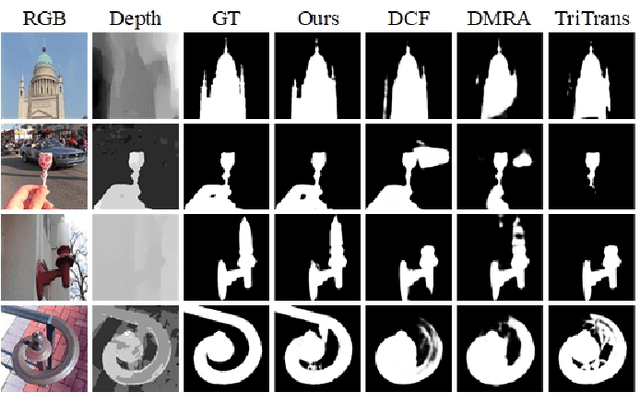
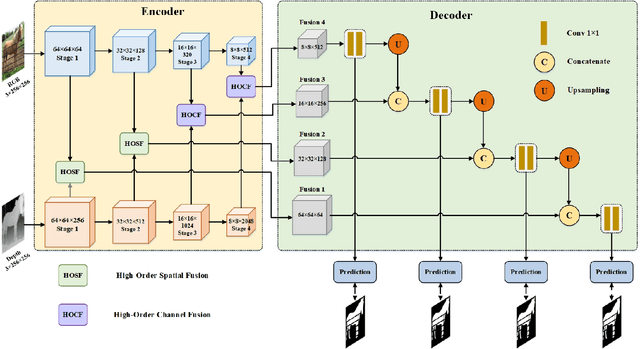
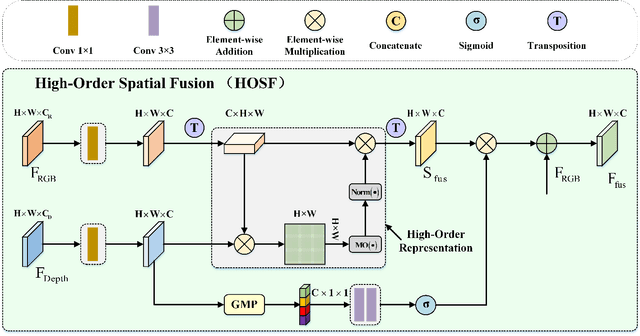
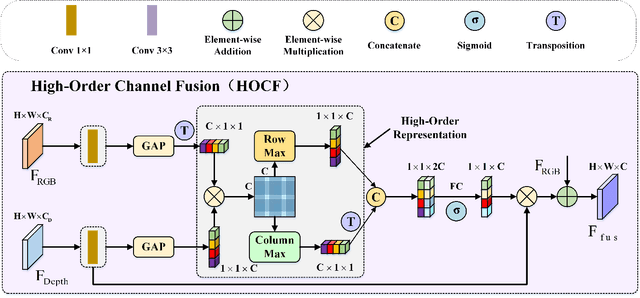
Abstract:RGB-D salient object detection (SOD) aims to detect the prominent regions by jointly modeling RGB and depth information. Most RGB-D SOD methods apply the same type of backbones and fusion modules to identically learn the multimodality and multistage features. However, these features contribute differently to the final saliency results, which raises two issues: 1) how to model discrepant characteristics of RGB images and depth maps; 2) how to fuse these cross-modality features in different stages. In this paper, we propose a high-order discrepant interaction network (HODINet) for RGB-D SOD. Concretely, we first employ transformer-based and CNN-based architectures as backbones to encode RGB and depth features, respectively. Then, the high-order representations are delicately extracted and embedded into spatial and channel attentions for cross-modality feature fusion in different stages. Specifically, we design a high-order spatial fusion (HOSF) module and a high-order channel fusion (HOCF) module to fuse features of the first two and the last two stages, respectively. Besides, a cascaded pyramid reconstruction network is adopted to progressively decode the fused features in a top-down pathway. Extensive experiments are conducted on seven widely used datasets to demonstrate the effectiveness of the proposed approach. We achieve competitive performance against 24 state-of-the-art methods under four evaluation metrics.
Searching for the Fakes: Efficient Neural Architecture Search for General Face Forgery Detection
Jun 16, 2023Abstract:As the saying goes, "seeing is believing". However, with the development of digital face editing tools, we can no longer trust what we can see. Although face forgery detection has made promising progress, most current methods are designed manually by human experts, which is labor-consuming. In this paper, we develop an end-to-end framework based on neural architecture search (NAS) for deepfake detection, which can automatically design network architectures without human intervention. First, a forgery-oriented search space is created to choose appropriate operations for this task. Second, we propose a novel performance estimation metric, which guides the search process to select more general models. The cross-dataset search is also considered to develop more general architectures. Eventually, we connect the cells in a cascaded pyramid way for final forgery classification. Compared with state-of-the-art networks artificially designed, our method achieves competitive performance in both in-dataset and cross-dataset scenarios.
Component-aware anomaly detection framework for adjustable and logical industrial visual inspection
May 15, 2023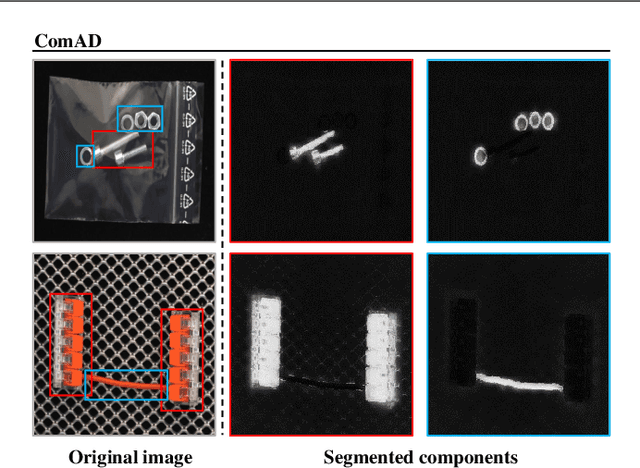
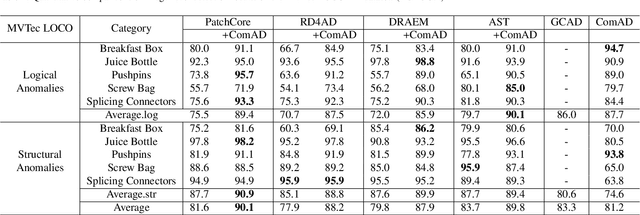
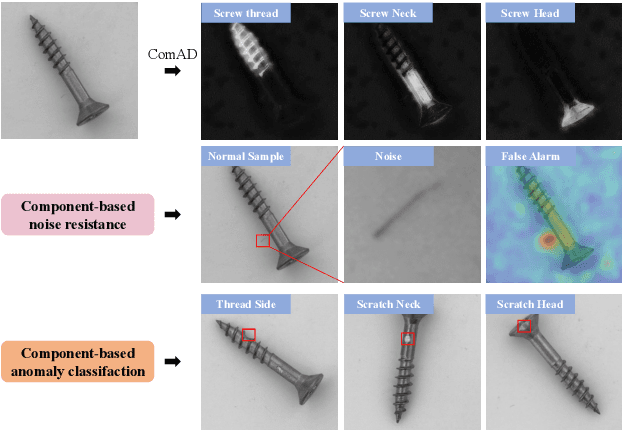

Abstract:Industrial visual inspection aims at detecting surface defects in products during the manufacturing process. Although existing anomaly detection models have shown great performance on many public benchmarks, their limited adjustability and ability to detect logical anomalies hinder their broader use in real-world settings. To this end, in this paper, we propose a novel component-aware anomaly detection framework (ComAD) which can simultaneously achieve adjustable and logical anomaly detection for industrial scenarios. Specifically, we propose to segment images into multiple components based on a lightweight and nearly training-free unsupervised semantic segmentation model. Then, we design an interpretable logical anomaly detection model through modeling the metrological features of each component and their relationships. Despite its simplicity, our framework achieves state-of-the-art performance on image-level logical anomaly detection. Meanwhile, segmenting a product image into multiple components provides a novel perspective for industrial visual inspection, demonstrating great potential in model customization, noise resistance, and anomaly classification. The code will be available at https://github.com/liutongkun/ComAD.
TriPINet: Tripartite Progressive Integration Network for Image Manipulation Localization
Dec 25, 2022Abstract:Image manipulation localization aims at distinguishing forged regions from the whole test image. Although many outstanding prior arts have been proposed for this task, there are still two issues that need to be further studied: 1) how to fuse diverse types of features with forgery clues; 2) how to progressively integrate multistage features for better localization performance. In this paper, we propose a tripartite progressive integration network (TriPINet) for end-to-end image manipulation localization. First, we extract both visual perception information, e.g., RGB input images, and visual imperceptible features, e.g., frequency and noise traces for forensic feature learning. Second, we develop a guided cross-modality dual-attention (gCMDA) module to fuse different types of forged clues. Third, we design a set of progressive integration squeeze-and-excitation (PI-SE) modules to improve localization performance by appropriately incorporating multiscale features in the decoder. Extensive experiments are conducted to compare our method with state-of-the-art image forensics approaches. The proposed TriPINet obtains competitive results on several benchmark datasets.
 Add to Chrome
Add to Chrome Add to Firefox
Add to Firefox Add to Edge
Add to Edge